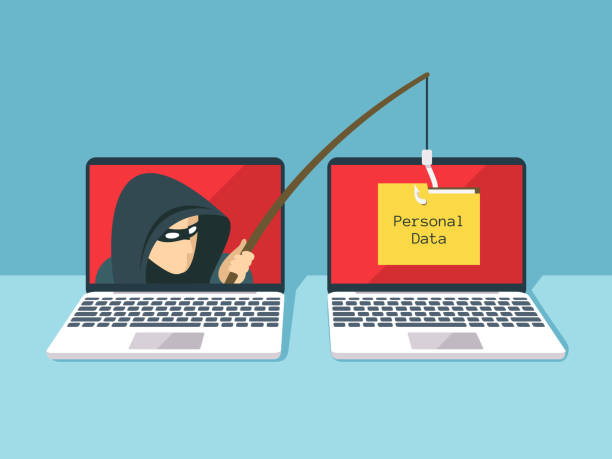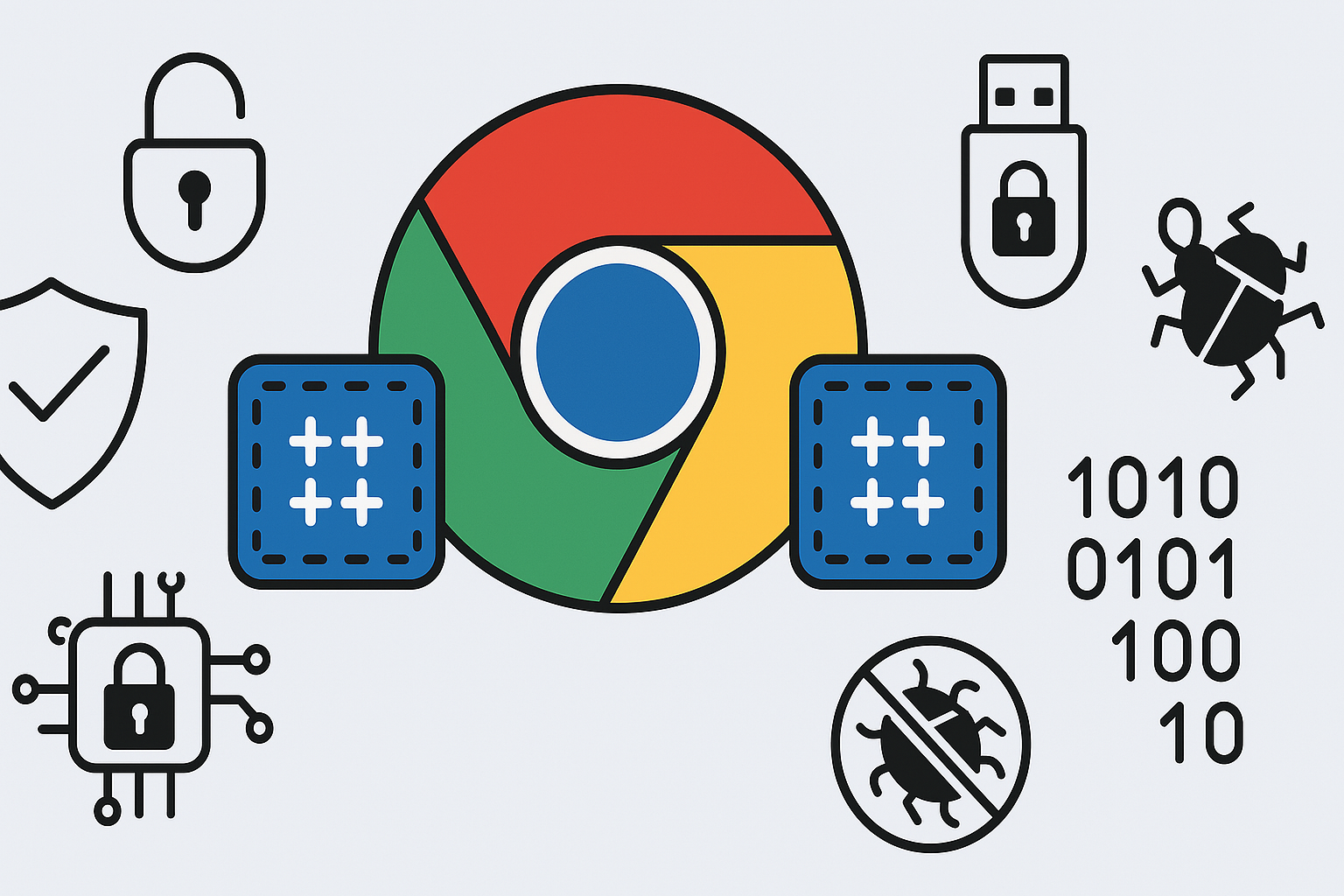
Overview of Advanced Phishing Techniques
Modern phishing campaigns have evolved significantly from simplistic deceptive pages to sophisticated, multi-layered strategies that incorporate real-time intelligence. One notable advancement involves real-time email address validation, a method that ensures phishing efforts are only directed at legitimate, active email accounts. This optimization increases the efficiency of attacks and maximizes the value of harvested credentials.
Real-Time Email Validation in Phishing
In this tactic, when a victim enters their email address into a seemingly benign form, the backend system instantly verifies the address against a database of known active accounts, often sourced from previous data breaches or harvested lists. If the address is confirmed as valid, the user is seamlessly redirected to a counterfeit login page (e.g., mimicking Microsoft, Google, etc.) to capture the password. If the email is not recognized, the victim is sent to a legitimate-looking but harmless site (such as Wikipedia.org) to avoid triggering security alerts or suspicion.
Pseudocode: Email Validation-Based Phishing Logic
def validate_email(email):
active_emails = load_active_email_list("breached_emails.txt")
if email in active_emails:
return True
return False
def phishing_flow(email):
if validate_email(email):
display_fake_login(email)
else:
redirect_to_safe_site("https://www.wikipedia.com")
Case Study: File-Based Phishing via Cloud Storage Bait
Another phishing campaign identified by Cofense involves the use of fake shared file notifications. Victims receive emails claiming a shared document is being deleted, prompting urgency. The email contains a link to a PDF hosted on a legitimate-looking service such as files.fm.
“Preview” Option: Clicking this leads the victim to a fake Microsoft login portal, capturing credentials.
“Download” Option: This initiates a download of a malicious executable, masquerading as a OneDrive installer. In reality, it is a trojanized version of ScreenConnect, a remote access tool that allows attackers full control over the victim’s machine.
Recommendations for Users and Security Teams
User Awareness & Training:
Conduct regular phishing simulation exercises.
Educate users on inspecting email headers, URLs, and file extensions.
Emphasize the danger of inputting credentials on unfamiliar pages.
Technical Defenses:
Use email gateway solutions with real-time link sandboxing and anti-spoofing policies (e.g., SPF, DKIM, DMARC).
Implement multi-factor authentication (MFA) to reduce the impact of stolen credentials.
Monitor for unexpected outbound connections, especially involving remote control tools like ScreenConnect, AnyDesk, or TeamViewer.
Endpoint Detection & Response (EDR):
Deploy EDR solutions to detect behavioral anomalies and unauthorized remote access tools.
Block execution of unknown or unsigned executables, especially from user directories.
Threat Intelligence Integration:
Continuously update phishing indicators (IP addresses, domains, file hashes) from threat feeds.
Integrate this data into SIEM systems for alert correlation and triage.
Conclusion
These modern phishing methods reflect a clear trend: attackers are investing in intelligence-driven targeting and stealthy delivery mechanisms to increase success rates. The use of real-time email validation and dual-action bait tactics makes detection more challenging and reinforces the need for multi-layered defense strategies. Users and organizations must remain vigilant and proactive in adapting their security postures to meet these evolving threats.




